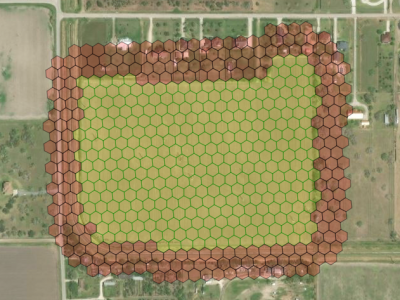Datasets & Competitions
In precision agriculture, detecting productive crop fields is an essential practice that allows the farmer to evaluate operating performance separately and compare different seed varieties, pesticides, and fertilizers. However, manually identifying productive fields is often time-consuming, costly, and subjective. Previous studies explore different methods to detect crop fields using advanced machine learning algorithms to support the specialists’ decisions, but they often lack good quality labeled data.
- Categories:
 1258 Views
1258 Views